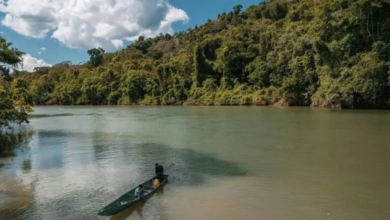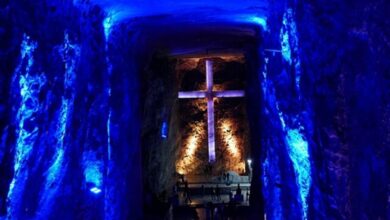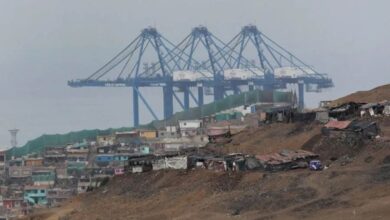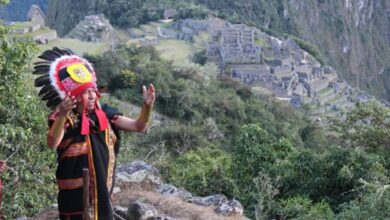Peru’s Forgotten Genocide: How Rubber Still Haunts the Amazon
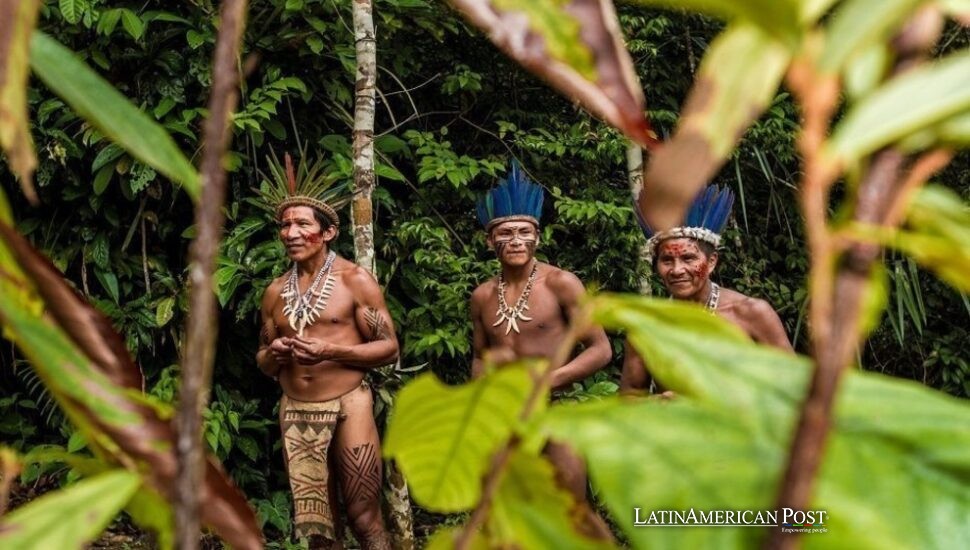
Peru’s Amazon carries scars that remain largely invisible to the nation’s collective memory. The new documentary Shiringa, directed by Wilton Martínez, forces audiences to confront the bloody legacy of rubber extraction and the genocide of Indigenous peoples, demanding long-overdue recognition.
Remembering a History Peru Prefers to Forget
In 2015, Martínez released his first film, which documented the atrocities of the rubber boom in the Putumayo. A decade later, he has returned with Shiringa—the Indigenous word for the rubber tree—because, as he told EFE, “99% of Peruvians do not know this story.”
The film recounts the industrial-scale cruelty of Julio César Arana, a businessman turned politician who built his fortune on forced labor, torture, and the extermination of Indigenous peoples along the Peru-Colombia-Ecuador border. The Putumayo River, a frontier of shifting borders and unchecked greed, became a site of mass exploitation.
Martínez premiered Shiringa at the Lugar de la Memoria (LUM) in Lima, the museum dedicated to Peru’s violent past. There, he insisted that “painful memories must be remembered, honored, commemorated, historicized—but above all healed.” The film seeks not only to shock but to create space for dialogue, recognition, and eventual healing of a century-old wound.
A Genocide Hidden Behind Fortunes and Mansions
The wealth of Iquitos, today Peru’s largest Amazonian city, cannot be separated from the blood of the rubber era. Martínez reminded audiences that its ornate mansions and Portuguese tiles were built on “the blood of around 30,000 Indigenous people.”
Foreign observers documented the brutality in detail. Irish consul Roger Casement, who had exposed atrocities in the Congo, wrote that what he witnessed in the Putumayo was even worse: people burned alive, decapitated, flogged to death, hunted like animals, even used for target practice. Martínez recalled Casement’s testimony, noting how it shocked a man already hardened by years of colonial investigation.
This was not an isolated crime but part of an international chain of complicity. British companies, U.S. investors, Barbadian intermediaries—all profited. The Peruvian state looked away. Arana himself escaped justice and even entered Congress. Journalists and judges who could have spoken chose silence, embedding impunity deep into Peru’s political culture.
The Indigenous Voices Reclaiming Memory
Shiringa gives voice to Indigenous communities, especially the Bora and Murui peoples. Artist Brus Rubio told EFE that at least four major groups along the Putumayo were decimated. “The consequence was the loss of many wise people, the loss of memory, the loss of our traditional forms of organization,” he said.
Rubio described how his ancestors were lured with machetes, sugar, and clothing before being enslaved and forced to harvest latex. For him, the complicity of the Peruvian state is undeniable. “It took 100 years for us to even speak of this. This is complicity, a thousand times complicity,” he declared. He reminded viewers that Iquitos itself was built on the suffering of his grandparents.
Rubio pointed out the hypocrisy of a nation that celebrates a flag dyed with “Murui Bora blood” while denying Indigenous people justice and political power. This duplicity, he argued, leaves his people citizens in name but silenced in practice.
The film also includes the voice of Sheyla de Loayza, granddaughter of one of Arana’s collaborators, illustrating how legacies of complicity and victimhood intertwine across generations. Memory, Shiringa suggests, is not a simple divide between villains and victims but a layered inheritance that communities still struggle to process.
Why Shiringa Matters Now
Peru today faces overlapping crises: political instability, environmental destruction, and systemic racism against Indigenous peoples. In this context, Martínez’s documentary is more than historical testimony—it is a challenge to national identity. What does it mean for a country to ignore a genocide in its own Amazon backyard?
The film has been nominated for the Special Grifone Prize at the Nebrodi DOC International Festival in Italy and was produced with support from Peru’s Ministry of Culture. After its premiere in Iquitos, it will be screened in Lima, Pucallpa, and Amazonian towns where memory and survival are entwined. Martínez insists the purpose is to “heal memory” through art and testimony, but also to confront the privileges of a Peru that still looks away from its Indigenous roots.
The abuses of the rubber boom remind us that modernity in Peru was financed by blood. The opulent houses of Iquitos are architectural tombstones—monuments to fortunes built on slavery and extermination. Shiringa accuses not only the past but the present: why do school textbooks still omit this genocide? Why must Indigenous communities still shout to be heard?
Martínez’s message is blunt: memory without healing breeds resentment and distortion. The Amazon cannot move forward while the ghosts of rubber barons still haunt its rivers. The genocide of 30,000 people is not a historical footnote—it is a foundational trauma that shapes the relationship between state and forest, between Lima and the Amazon, between Indigenous peoples and a nation that has too often rendered them invisible.
Also Read: When the Pacific Sings: How Colombia’s Whales Teach Hope to Coastal Communities
Until Peru accepts this, the wealth of Iquitos will glitter like the mansions Arana built—beautiful façades masking the silence of the murdered. Shiringa asks the nation to break that silence at last.

